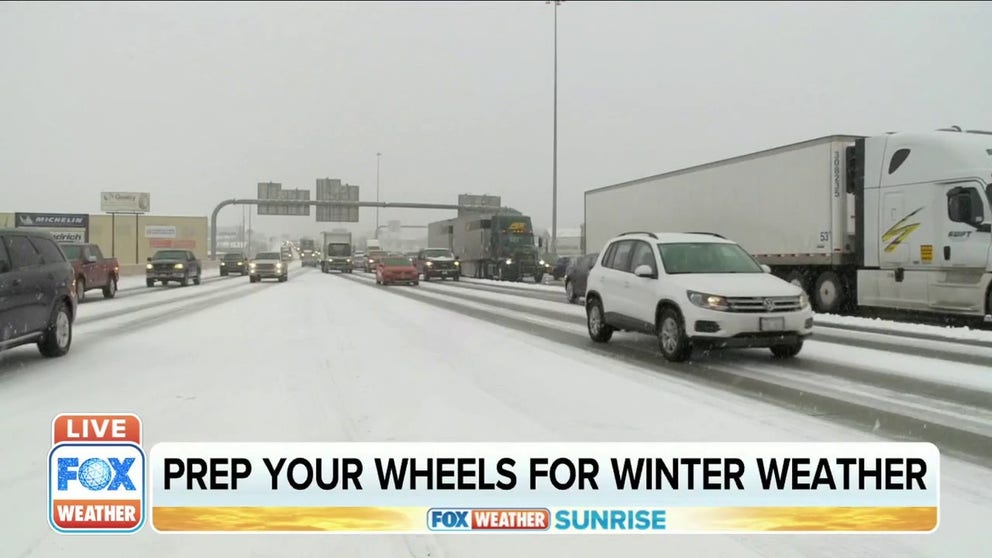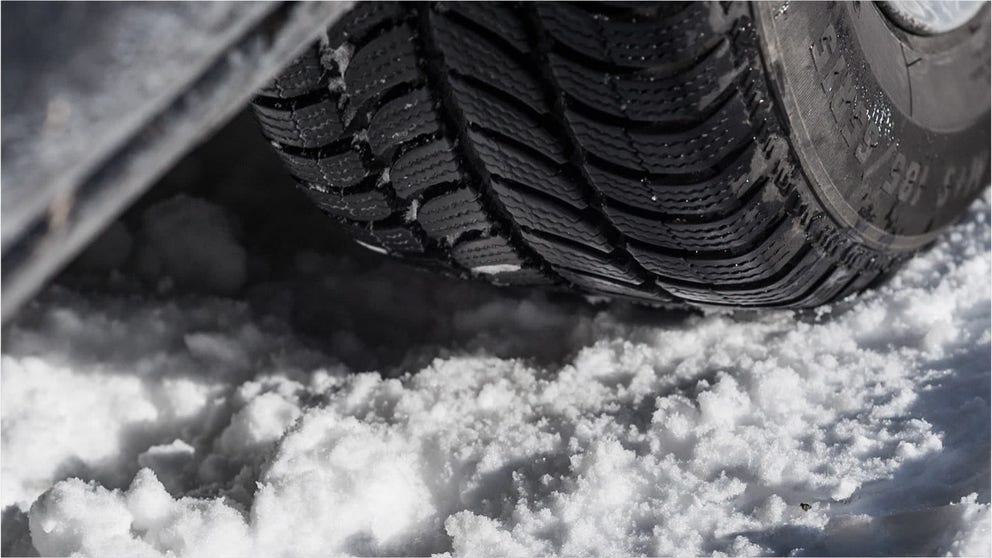How to maximize your car’s fuel economy to improve gas mileage and save money
Gas prices are nearly $1 higher than they were this time last year
Preparing your car for winter weather is a must
Here’s what you need to know in order to prepare your vehicle for whatever winter has in store.
Cold temperatures and winter weather significantly affect your vehicle's fuel economy, but there are some things you can do to improve gas mileage that will save you some money.
According to the U.S. Department of Energy, a conventional gas-powered car's gas mileage is about 15% lower when it's 20 degrees than it would when it's in the mid-70s and can drop to as much as 24% for shorter trips on the road.
And for hybrids and electric vehicles, the effect is even more significant.
There's a variety of reasons why this happens.
TRAVELING THIS WINTER? HERE’S WHAT TO KEEP IN YOUR CAR IN CASE YOU GET STUCK
Fluids in your engine move slower when it's cold outside, thus lowering your vehicle's fuel economy. It also takes longer for your engine to reach its optimal fuel-efficient temperature, which affects your vehicle more if you're taking a shorter trip.
Warming up your vehicle before driving wastes gas, too. If you're idling, your car is getting 0 miles to the gallon.
Using heated seats and window defrosters also uses more power, thus causing you to put more gas in your vehicle sooner.
Here's how to improve the fuel economy of your car during the winter
7 things you need to know about winter driving
Winter driving season is here and knowing the science may keep you safer on the snow and ice.
Many people living in colder climates may not be able to completely mitigate the effect cold weather has on a vehicle's fuel economy, but there are some things you can do to improve the gas mileage.
If you can, try to park your car in a warmer spot, like a garage. According to the DOE, that can help increase the internal temperature of your vehicle.
Since shorter trips can end up costing you more at the pump, in the long run, try and combine as many trips as possible so that you're not making too many drives with a cold engine.
DON'T LEAVE ANY OF THESE ITEMS IN YOUR CAR THIS WINTER
Also, don't let your car sit and warm up for too long. According to the DOE, most car manufacturers recommend starting to drive after about 30 seconds. At that point, your engine will begin to warm up faster. That will also help the interior heat up quicker.
Try not to use seat warmers and window defrosters more than you need to, and remove anything that will increase resistance, like a roof rack.
And since tire pressure decreases in the winter, make sure they're properly inflated. Underinflated tires won't allow for proper traction, which can lead to your vehicle needing to use more energy.
Extra tips for plug-in hybrid and electric vehicles
Do you have a hybrid or electric car? There are some other ways you can save on gas mileage, too.
ARE ELECTRIC CARS RELIABLE IN THE WINTER?
If you're driving a plug-in hybrid or electric car, preheat your vehicle's interior while it's charging because the DOE said that can increase the range of your vehicle.
Also, while the vehicle is plugged in, use the seat warmers instead of the heater because that can save you energy and extend the range of your car.

